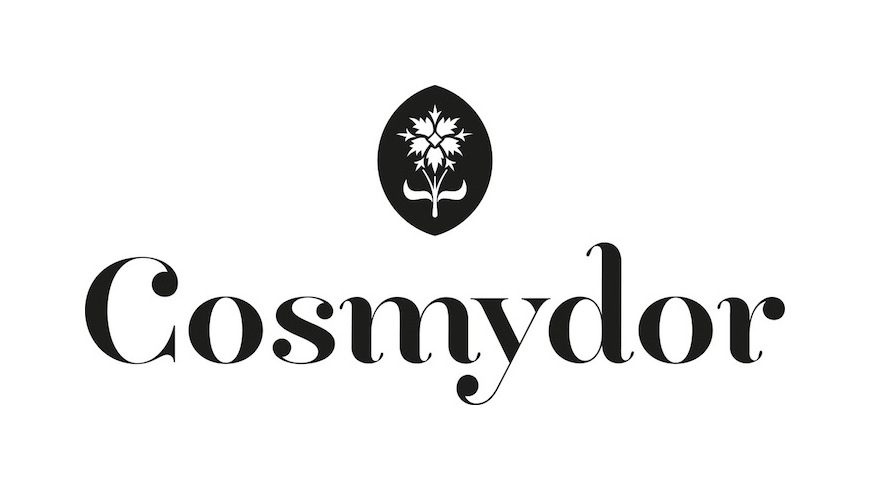Cosmetics: a plea for the “true apothecary”
Frightened by the future, society is taking refuge in the past and over the last ten years we have witnessed the success of a new style of cosmetics brands: “apothecary style”. A style that represents marketing opportunities for manufacturers rather than specific benefits for users:
Retro graphic and typographic designs on point of sale advertising and packaging
Imagery combining American postmodernist aesthetics from the 1950s with a pared-down Japanese wabi-sabi style
Evasive language highlighting the virtues of botany without ever providing specific evidence
Misleading associations between effectiveness and these products that are close to medicines in people’s minds.
Although apothecary style is often only a marketing trick deceptively citing a natural approach and authenticity, botany is still the definitive source of knowledge for natural, organic and extremely effective cosmetics, based on the effectiveness of plants and a refusal to use synthetic molecules that our bodies do not know how to deal with. This kind of innovative botany uses modern tools, in particular, chromatography, which can be used, for example, to find out the nature and quantity of fatty acids, vitamins, sterols, alcohols, polyphenols, etc. in vegetable oils, the authentic raw material for organic creams and soaps. Thus, in the 21st century, we can enjoy the benefits of hundreds or even thousands of years of experience in the use of plants, and cutting-edge scientific analyses.
In a world of “fake news” and often misleading advertising, the first way to tell fact from fiction is quite simple: read the labels. To be a real botanical formula, more than 95% (ideally 99.5%) of the ingredients should be in the following list: water, plants, plant extracts, beeswax or even minerals that are neutral for the body. If the percentages aren’t shown, ask yourself why... and, in any case, you should favour short formulas and consider the first 10 ingredients.
The second way is to find out about the manufacturing methods. Craftsmanship and handmade methods require wisely chosen natural raw materials that are respected during the extraction process, which makes the resulting products more beneficial to the skin. Thus, the closer the manufacturing methods are to these methods, the more beneficial the products will be. Of course, synthetic molecules and petrochemistry are to be avoided (including ingredients ending with “-eth” or containing “methyl”, "ethyl", "butyl" or “propyl”, paraffin, DEA, MEA, PEG and the majority of fragrances).
That’s how we can avoid “apothecary style” cosmetics that are good to look at but not for the skin and rediscover the “true apothecary” of yesteryear: botanist, biologist and chemist.
Unlike industrial cosmetics, the “true apothecary” uses modern tools that respect nature to design, provide advice on and even personalise the best skin care products.

